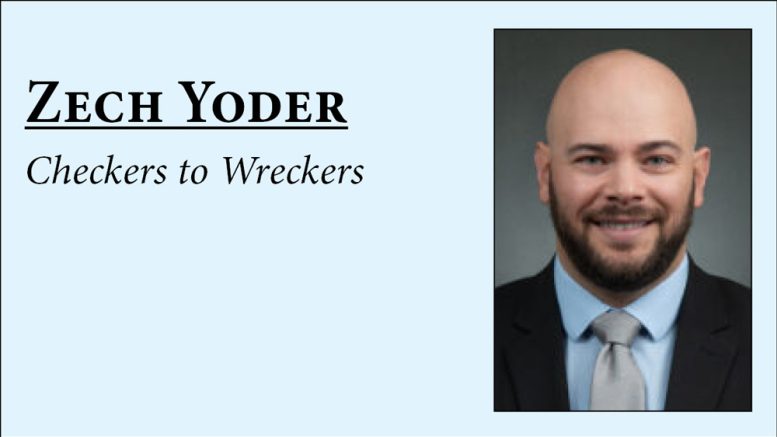The NTT Indy Car race at Texas Motor Speedway this past weekend was the best Indy Car race I’ve seen in quite a while.
That’s not to say that we haven’t had good races recently. Despite ending under caution, the Texas race had everything: long green flag runs and tire degradation, exciting pit stops, fuel strategy, and tight, wheel-to-wheel action. Simply put, Indy Car needs more ovals.
It wasn’t long ago that oval racing dominated Indy Car. In 2013, Indy Car competed at six ovals and 10 road/street courses. In 2007, Indy Car competed at 12 ovals and five road/street courses. In 2003, all 16 Indy Car races were on ovals. This year, Indy car will compete on four different ovals.
However, only Texas and Indianapolis Motor Speedway are greater than 1.5 miles. Safety concerns played a large part in the decrease in the number of ovals, especially ovals larger than 1.5 miles.
In 2011, Dan Wheldon was killed in the season finale at Las Vegas Motor Speedway (1.5-mile oval). In 2015, Justin Wilson was killed at Pocono Raceway (a 2.5-mile tri-oval). Again, in 2015 at Pocono Raceway, Robert Wickens was paralyzed after his car was launched into the catch fence. Much of the danger of larger ovals arise from the high speeds. Average lap speeds at Texas this year, even in race trim, was well over 200 mph. Speeds on tracks larger than 1.5 miles, such as Indianapolis Motor Speedway or Michigan International Speedway, are even higher.
In recent years, however, Indy Car has made significant strides in safety. The implementation of the aero screen was a massive advancement in driver safety. Moreover, Indy Car has collected large amounts of data in order to understand where the cars and drivers are vulnerable and where changes are necessary. Given the advancement in safety, it is time to re-evaluate oval racing, particularly at the larger ovals.
From my perspective, Indy Car is at its best when it is being run on ovals. The aero package that was brought to Texas gave the drivers more control and allowed for the use of multiple grooves, which provided side-by-side action. Yet, the tire degradation was enough to allow the cars to spread out over a long green flag run.
Indy Car has hit on something with its oval package for Texas, and I hope that translates into more ovals in the future. As much as I enjoy the road races, I love the ovals. There are so many great tracks that Indy Car does not currently race on (Michigan, Richmond, Kansas, to name a few) and oval racing has been Indy Car’s bread and butter for some many years. I recognize that the current trend is the road courses, which is not likely to change any time soon, but I would sure like to see a few more ovals in the schedule.
I hope Texas was not a fluke. If Indy Car can produce more races like that, its popularity was skyrocket.
Zech Yoder is a local resident, an attorney at Adler Attorneys in Noblesville, and a lifelong race fan.

